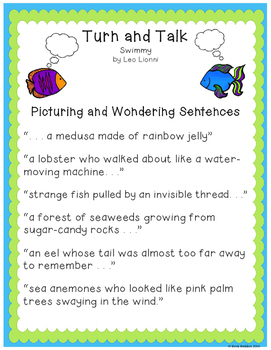
I was little, living in Queens, New York, where I was often cared for during the day by my grandparents, Croatian immigrants. The first Leo Lionni book I read was A Color of His Own, a story of a chameleon who is unhappy that his skin naturally imitates his surroundings, instead of providing him with his own, unique tone. He was a four-time recipient of the Caldecott Honor, an award for excellence in picture book illustration. He lived and worked there until his death in 1999 at the age of eighty-nine. In 1960, he returned to Italy, buying a home in Tuscany to pursue children’s book-writing, full-time. But during these years, he also did work as a designer for private clients, illustrating graphics for clients like MoMA and Olivetti. In 1948, he became the art director of Fortune Magazine, a position he held for twelve years. A respected avant-garde painter in Italy, he pursued advertising when he arrived in Philadelphia in 1939.


He had taught himself to draw as a child, by copying the works of the Great Masters in Amsterdam museums, but formally studied economics, receiving a PhD from the University of Genoa in 1935. But before this, Lionni’s career was richly varied. As the story goes, he had been attempting to entertain his young grandchildren on a long train ride, and ripped circles out of a nearby magazine to use to tell them a story-inspiring his first picture book, Little Blue and Little Yellow, which was published in 1959. I would be happy staring at his paintings all day long.īorn in 1910 in Holland to Dutch parents but raised in Italy until he emigrated to the United States as an adult in 1939, Lionni did not begin writing children’s books until later in his life. The results are ethereal and soft-his mice are textured with the fuzzy edges of fine, handmade paper, and his seaweed forests look like lace. His characters are brought to life via paper cutouts (including cutouts of painted paper), as well as inventive manipulations of paint, including stamping and pressing.


Lionni, who was a painter and sculptor, produced some of the most beautiful illustrations I’ve ever seen. A close second to Frederick might be Swimmy, the story of a little black fish who is not like the other red fish in the nearby schools, who teaches the other fish around him to be brave, so that they might explore the wonders of the ocean together. Leo Lionni wrote and illustrated more than forty children’s books in his lifetime, but the one which is the most meaningful to me might be his most famous: Frederick, the story of a little field mouse who keeps his family warm in the middle of a cold winter, by reciting poetry that is so beautiful and so evocative of sunnier seasons.


 0 kommentar(er)
0 kommentar(er)
